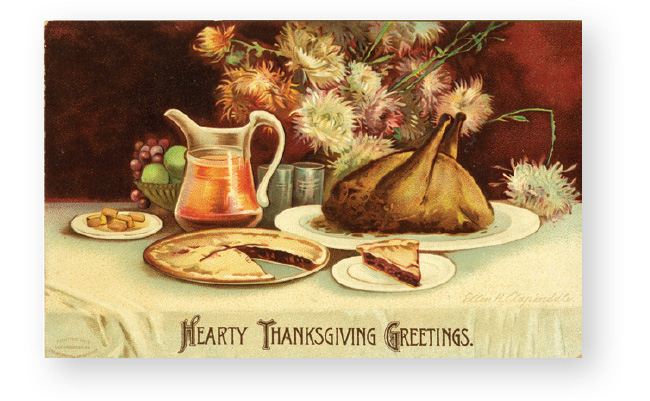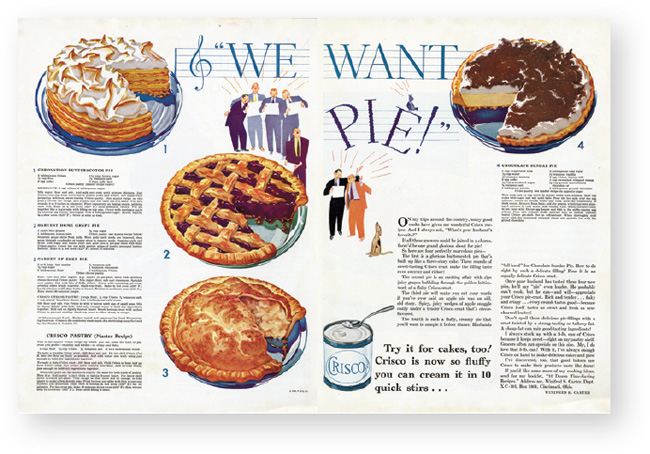English settlers were the first to bring their love of pies TO U.S. soil. The English had long enjoyed savory, meat-filled pies and on occasion, fruit pies. When faced with the abundance of berries and other fruit on American soil, settlers naturally filled their pies with what was on hand, such as pumpkin and cranberries. Over the years regional specialties began to develop.

American pies like pecan pie were originally made with sorghum or maple syrup. In Texas, where everything is big, apple slab pie was created to feed a crowd. Shaker lemon pie was borne of the Shakers’ frugal insistence on using every bit of the fruit: peel, pith, and all, and Key lime pie relies on Florida’s plethora of Key limes—though we found that regular limes work just fine (and you don’t have to juice as many!).
Early pie crusts were not the tender, flaky pastry we know today. In fact, English pies were called “coffers” or “coffins,” as in “box,” and the crust was a sturdy paste which served as a lid to keep the ingredients juicy and prevent scorching—it was not eaten. Luckily, times have changed. In this chapter, we offer not just traditional pastry dough, made with a combination of butter and vegetable shortening for great flavor and tender, flaky texture, but a second variety of pie dough, which boasts the tang of cream cheese and requires no rolling—you simply pat the dough into a pie plate. We call it No-Fear Single-Crust Pie Dough. Now there’s no excuse for you not to bake a fresh, homemade pie during the holidays or at any other time of year.
